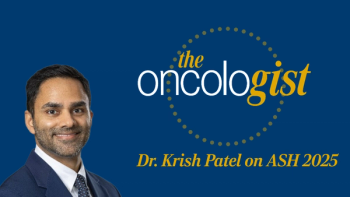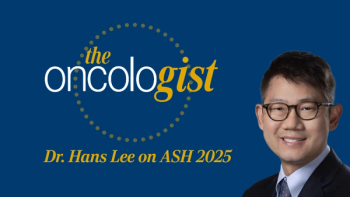
Upfront Combos Show Promise in Prostate Cancer, But Questions Remain
Biren Saraiya, MD, discusses how he sees findings from the phase 3 AMPLITUDE trial being incorporated into clinical practice for the treatment of metastatic castration-sensitive prostate cancer.
In an interview with Targeted OncologyTM, Biren Saraiya, MD, medical oncologist at Rutgers Cancer Institute, discusses how he sees findings from the
To Saraiya, this is an exciting, albeit preliminary, result. It seems to confirm the hypothesis that more aggressive upfront combination therapies lead to improved overall survival, which is clinicians' ultimate goal.
This is an important first step, especially with the survival data. Saraiya anticipates that within the next 1 to 2 years, the medical community will have more definitive data, allowing clinicians to confidently recommend this approach for all patients.
For Saraiya, a key factor will be examining how many patients subsequently received PARP inhibitors. This study essentially compared a 2-drug regimen (control arm) to a 3-drug regimen (interventional arm). The core question is: is it better to administer 3 drugs upfront, or to use 2 drugs initially and then introduce the third drug later? Studies need to determine if patients receive more benefit from a potentially more aggressive upfront treatment.
This remains to be seen, and Saraiya will be keenly watching to understand how many patients actually receive the PARP inhibitor upon progression or with any subsequent line of therapy. Crucially, the medical community needs to know if there is still a survival benefit in these scenarios. This is vital because adding more drugs also introduces additional toxicities.
From a clinician's perspective, Saraiya needs to thoroughly explain the added risks to patients and weigh them against the added benefits to determine if it makes sense for their individual situation. While clinicians understand the risks based on adverse effect profiles, the full extent of the benefit is not yet known.










































